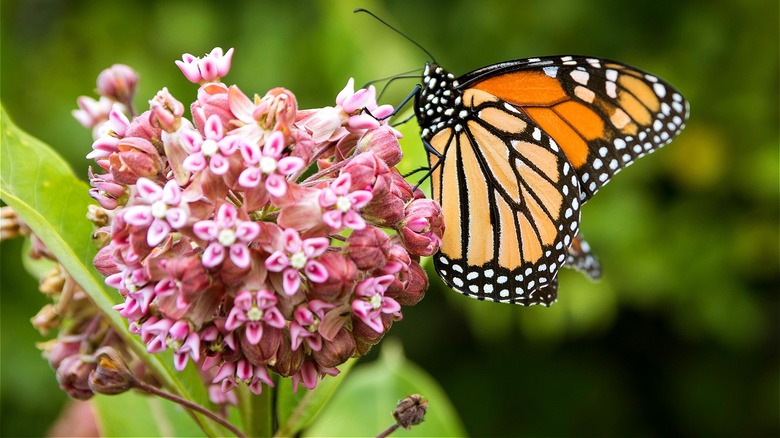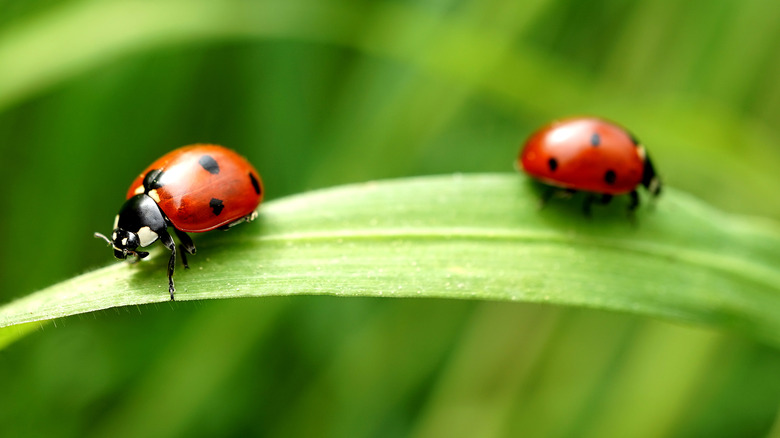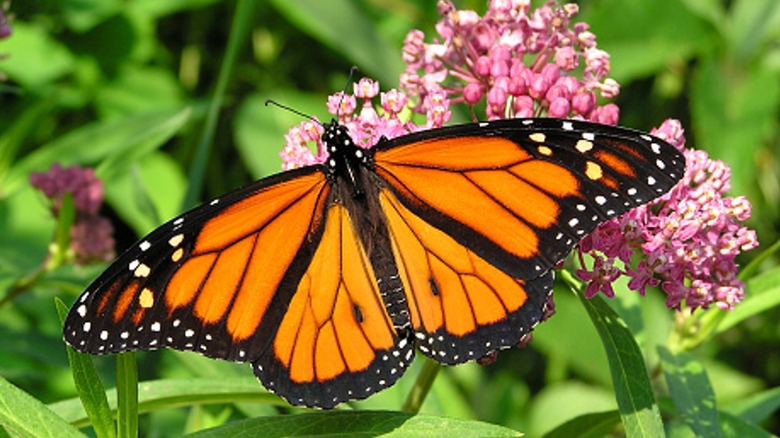Benefits Of Growing A Milkweed Plant
With their distinctive clusters of vibrant flowers and unique seed pods, milkweed plants hold a special place in the natural world. Beyond their aesthetic appeal, the benefits of growing a milkweed plant in your garden include supporting ecosystems and preserving biodiversity.
The importance of milkweed for the environment cannot be overstated. These plants possess natural pest-repellent properties, making them valuable allies in organic gardening and sustainable pest management. Furthermore, milkweed serves as the sole host plant for monarch butterflies, providing a critical habitat and food source for them. The plant also attracts a plethora of beneficial insects, promoting a healthy and diverse ecosystem, not to mention its deep-root system helps improve soil quality, aids in water conservation, and contributes to the prevention of soil erosion.
Scientifically known as Asclepias, milkweed encompasses a diverse group of perennial plants native to various regions across North America. Milkweed species display a remarkable array of adaptations, with some species growing in open fields while others thrive in woodland habitats. This versatility makes milkweed accessible to a wide range of gardeners and landscapers looking to incorporate them into their outdoor spaces.
Natural pest repellent
One of the primary benefits of growing milkweed is how it naturally repels pests, doing so through the presence of toxic compounds called cardenolides. These compounds act as a defense mechanism, deterring herbivorous insects from feeding on the plant. When ingested, cardenolides can cause digestive disruptions or even be lethal to certain insects. By incorporating milkweed into your garden, you can establish a natural balance, reducing the need for synthetic pesticides and fostering a healthier and more sustainable ecosystem.
The milkweed's ability to attract beneficial insects adds an additional layer of pest control. The flowers produce abundant nectar, attracting a wide range of pollinators and beneficial predatory insects, such as ladybugs. Red and black beetles, for example, are voracious predators of aphids, which are notorious for damaging a wide variety of plants. Other insects, such as hoverflies, lacewings, tachinid flies, and parasitic wasps, also feed on milkweed nectar and lay eggs on milkweed plants. Once hatched, the larvae consume pests, including aphids, mealybugs, leaf miners, and stinkbugs.
Butterflies and beyond
The greatest benefit of growing a milkweed plant, however, would be its ability to attract pollinators. Milkweed's colorful and fragrant flowers are a magnet for bees, butterflies, and other vital pollinating insects. The presence of pollinators, in turn, increases the overall pollination rates in your garden, resulting in better fruit and seed production for a wide range of plants. Milkweed is a beacon for monarch butterflies, which rely on the plant as their primary food source. Encouraging monarch populations through milkweed planting contributes to preserving this threatened species.
In addition to attracting pollinators and supporting monarchs, milkweed is also beneficial in improving soil quality. The plants have deep taproots that help break up compacted soil and improve drainage. These roots also contribute to soil aeration and nutrient cycling, enhancing the overall fertility of the earth. In addition, its extensive root system aids in preventing soil erosion, particularly on slopes or in areas prone to water runoff.
The presence of milkweed in your garden or landscape also adds aesthetic value, of course, a benefit that needs little explanation. The vibrant colors of milkweed flowers, ranging from light shades of pink, yellow, and white to deep red and green or vibrant orange and deep purple, create eye-catching displays that add beauty and visual interest to any outdoor setting.


